The Gamification Education Market is currently characterized by a dynamic competitive landscape, driven by the increasing demand for engaging learning experiences and the integration of technology in educational settings. Key players such as Kahoot! (NO), Quizlet (US), and Duolingo (US) are at the forefront, each adopting distinct strategies to enhance their market presence. Kahoot! (NO) focuses on innovation through continuous platform enhancements, while Quizlet (US) emphasizes user-generated content and community engagement. Duolingo (US), on the other hand, leverages its strong brand recognition to expand its offerings beyond language learning, indicating a strategic pivot towards broader educational applications. Collectively, these strategies contribute to a competitive environment that is increasingly centered on user engagement and technological advancement.
In terms of business tactics, companies are increasingly localizing their offerings to cater to diverse educational needs across different regions. This localization, coupled with supply chain optimization, allows for more tailored educational solutions. The market appears moderately fragmented, with a mix of established players and emerging startups, each vying for a share of the growing demand for gamified learning solutions. The collective influence of these key players shapes a landscape where innovation and adaptability are paramount.
In September 2025, Kahoot! (NO) announced a strategic partnership with a leading educational institution to develop a new suite of gamified learning tools aimed at enhancing student engagement in STEM subjects. This collaboration not only reinforces Kahoot!'s commitment to innovation but also positions it to capture a larger share of the educational technology market by aligning its offerings with institutional needs. The partnership is likely to enhance Kahoot!'s credibility and visibility in the academic sector, potentially leading to increased adoption of its platform.
In August 2025, Quizlet (US) launched a new feature that allows educators to create customized learning paths for students, integrating gamification elements to enhance motivation and retention. This move reflects Quizlet's focus on personalization in education, suggesting that the company is keen on addressing the diverse learning styles of students. By enabling educators to tailor content, Quizlet may strengthen its user base and foster deeper engagement, which is crucial in a competitive market.
In July 2025, Duolingo (US) expanded its platform to include interactive quizzes and games designed for adult learners, marking a significant shift in its target demographic. This strategic expansion indicates Duolingo's intent to diversify its user base and capitalize on the growing trend of lifelong learning. By appealing to adult learners, Duolingo may enhance its market position and drive user growth, particularly in professional development sectors.
As of October 2025, the competitive trends in the Gamification Education Market are increasingly defined by digitalization, sustainability, and the integration of artificial intelligence. Strategic alliances among key players are shaping the landscape, fostering innovation and collaborative solutions. Looking ahead, it appears that competitive differentiation will evolve from traditional price-based competition to a focus on technological innovation, user experience, and supply chain reliability. Companies that can effectively leverage these trends are likely to emerge as leaders in this rapidly evolving market.


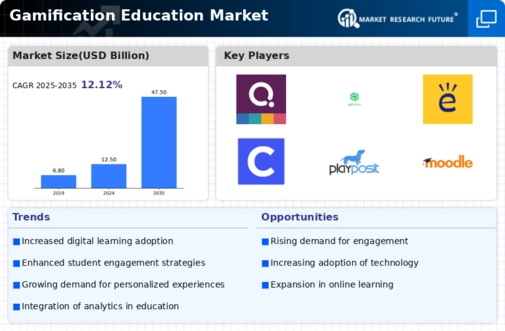
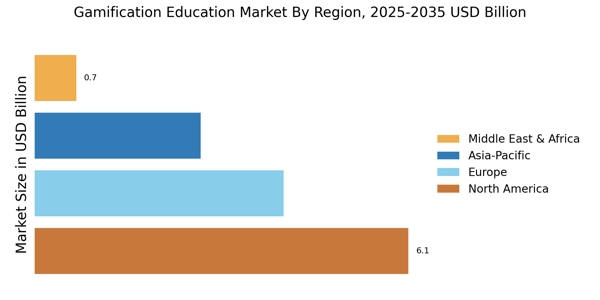
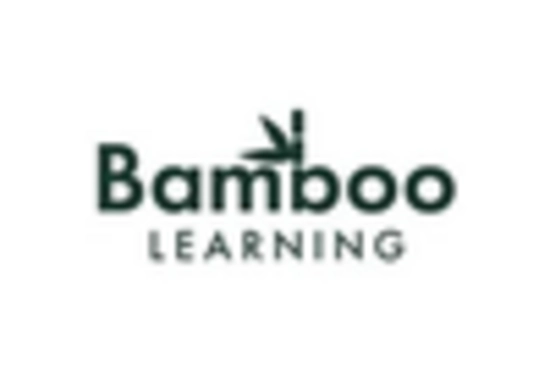
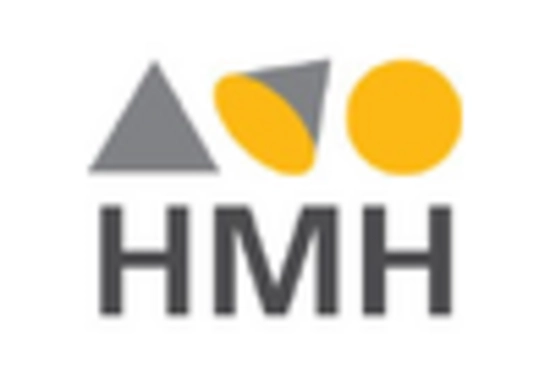
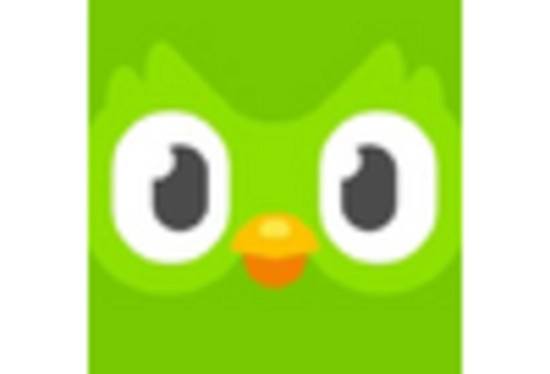

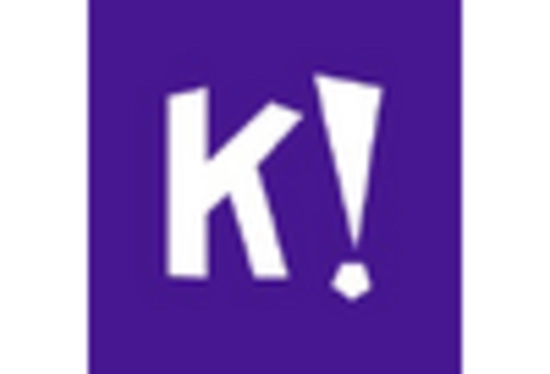
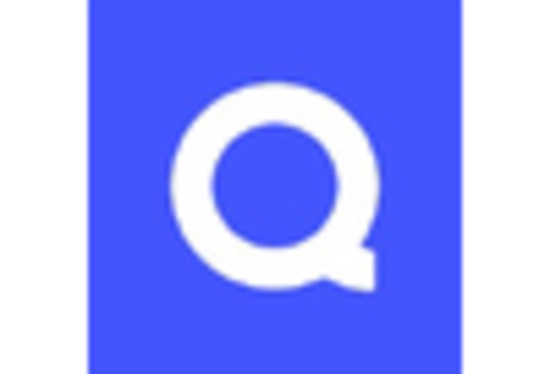








Leave a Comment